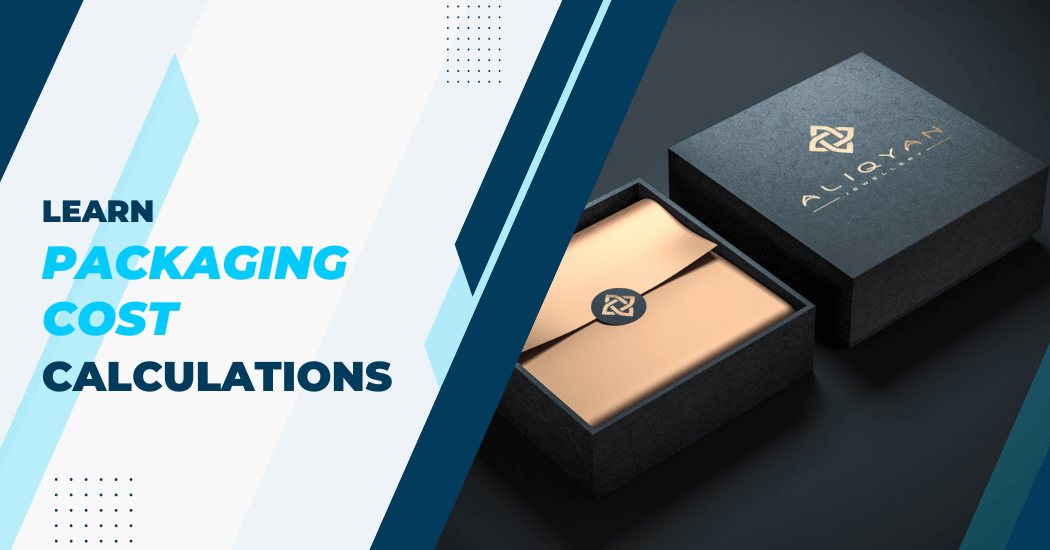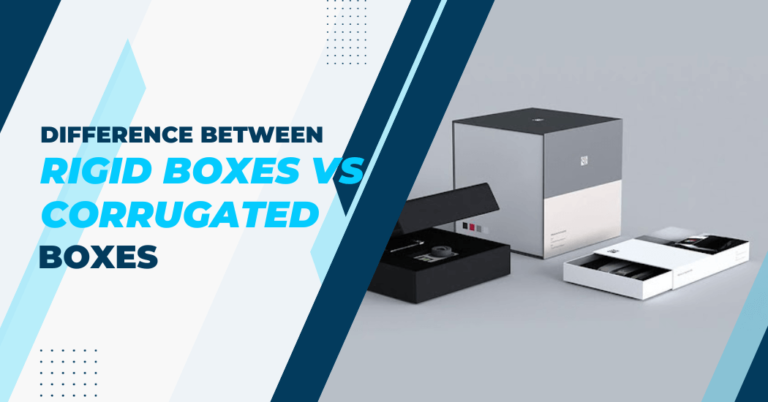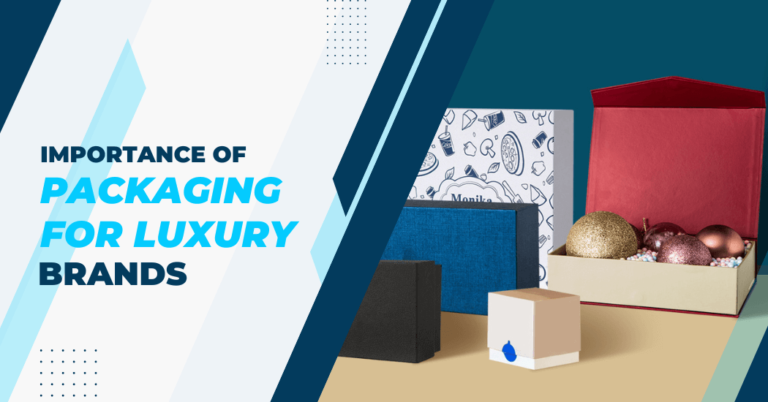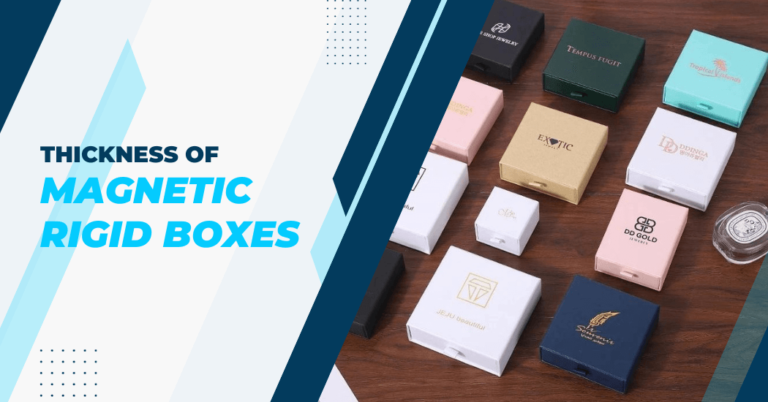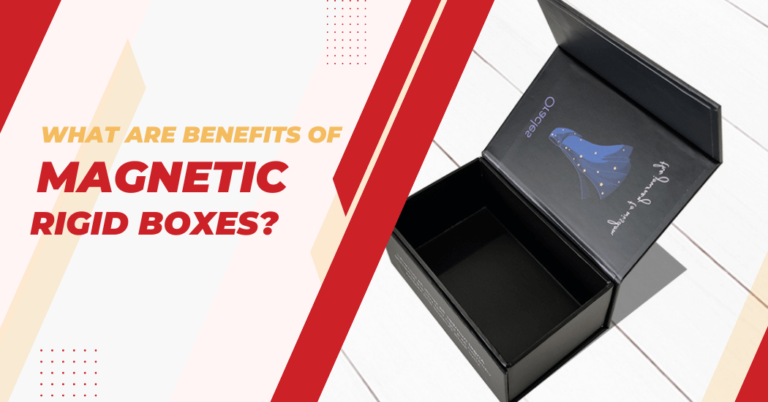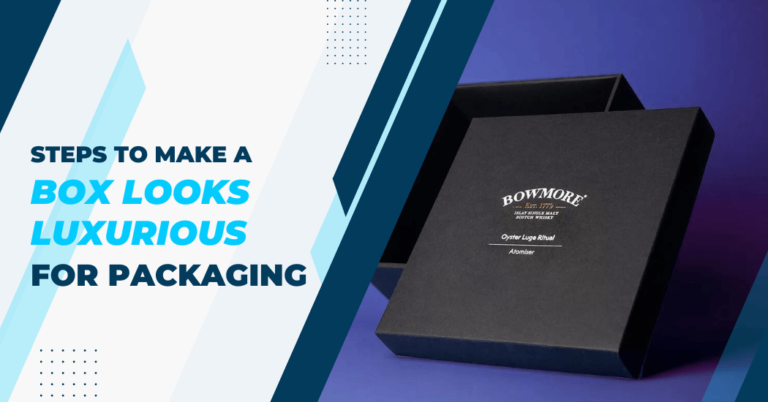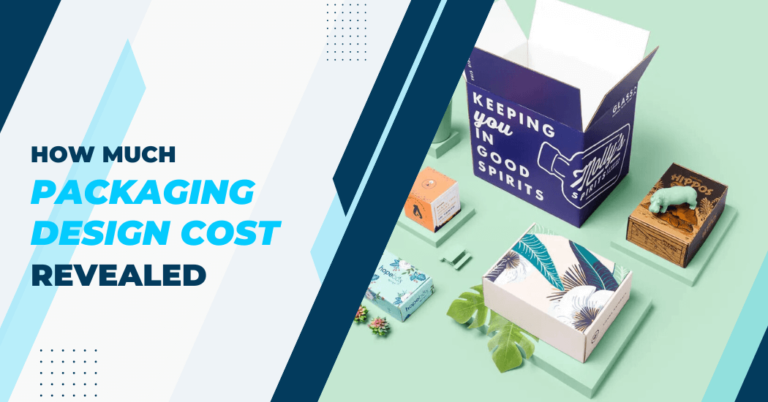How do you calculate packaging costs?
Packaging costs are a crucial aspect of any business that sells physical products. Whether you’re running a small shop or managing a large-scale manufacturing company, understanding and calculating packaging costs is essential for maintaining profitability and staying competitive in the market.
But how exactly do you go about determining these costs? Is it as simple as adding up the materials and labor? The truth is, that many factors can affect packaging costs, from material choices to design considerations.
In this blog post, we’ll delve into the world of packaging costs and discuss everything you need to know to accurately calculate them for your business.
From hidden expenses to cost-saving tips, we’ve got you covered on all things related to this vital component of product selling.
So let’s dive in and unravel the mystery behind how to calculate packaging costs!
Steps To Calculate Packaging Costs
Step 1: Determine the type of packaging needed
First step in calculating packaging costs is to determine the type of packaging required for your products. This can vary depending on the nature, size and fragility of your goods.
For example, if you’re selling delicate items like glassware or electronics, you may need to invest in more protective materials such as bubble wrap or foam inserts.
On the other hand, if you’re selling durable goods like books or clothing, a simple cardboard box may suffice.
Step 2: Identify the materials needed
Once you know the type of packaging required, it’s time to identify the materials needed. This includes things like custom magnetic boxes, envelopes, tape, labels and any additional protective materials mentioned in Step 1. Keep in mind that the cost of these materials can vary depending on factors like quantity, quality and customization.
Step 3: Calculate the packaging material cost
Next, you’ll need to calculate the total cost of all the materials needed for your packaging. If you’re purchasing these materials from a supplier, be sure to account for any shipping or handling fees as well.
If you’re producing your packaging in-house, you’ll need to factor in the cost of raw materials and any production expenses.
Step 4: Account for labor costs
In addition to material costs, you’ll also need to consider labor costs for assembling and packing your products. This can include both direct labor (e.g., employees specifically hired for packaging) and indirect labor (e.g., employees who also perform other tasks such as order fulfillment).
It’s essential to accurately track and factor in these costs to get an accurate picture of your overall packaging expenses.
Step 5: Include any hidden costs
There are various hidden costs associated with packaging that you may not initially consider. These can include storage fees if you’re purchasing materials in bulk, waste disposal costs and even potential fines for non-compliant packaging.
Be sure to account for all these expenses when calculating your packaging costs.
Step 6: Factor in design and branding
Packaging is not just about functionality; it’s also an essential marketing tool. If you’re investing in custom packaging with unique designs or branding elements, be sure to include those costs in your calculations.
While this may increase your packaging costs, it can also add value to your products and attract more customers.
Step 7: Calculate the total packaging cost per unit
Once you have all the above factors accounted for, you can calculate the total packaging cost per unit by adding up all the expenses and dividing them by the number of units produced.
This will give you a clear understanding of how much each product’s packaging costs and can help you make informed pricing decisions.
Step 8: Regularly review and adjust your packaging costs
It’s essential to regularly review and adjust your packaging costs as necessary. Changes in material or labor prices, production runs or shipping methods can all impact the final cost of packaging.
It’s also important to stay updated on industry trends and consumer preferences. If there is a shift towards more sustainable packaging, for example, you may need to adjust your costs to accommodate those changes.
Regularly reviewing and adjusting your packaging costs can help ensure that you’re always offering the most cost-effective and environmentally friendly packaging options for your products.
By following these steps and considering all factors that affect packaging costs, you can make informed decisions about your product’s packaging and ultimately contribute to the success of your business.
Factors That Affect Packaging Costs
As mentioned earlier, many factors can influence the cost of packaging for your products. Some of these include:
- Type and size of packaging: As discussed in Step 1, the type and size of packaging needed can greatly impact costs.
- Material choices: Different materials have different costs, with some being more affordable than others. For example, plastic is generally cheaper than sustainable alternatives like biodegradable or recycled materials.
- Customization: Custom packaging with unique designs or branding elements can significantly increase costs but it also adds value to your product and can help attract consumers.
- Production method: Producing your packaging in-house may save on material costs but it can also result in higher labor expenses compared to outsourcing the production.
- Quantity: Ordering materials in bulk can often lead to lower costs but it’s essential to consider storage fees and the potential for waste if your packaging needs to change.
- Shipping and handling: If you’re purchasing packaging materials from a supplier, you’ll need to factor in any shipping and handling fees.
- Compliance requirements: Different products may have specific packaging requirements that need to be met to comply with regulations. Failure to meet these requirements can result in fines or additional expenses.
- Industry trends and consumer preferences: As mentioned earlier, staying updated on industry trends and consumer preferences is crucial for making informed decisions about your packaging materials. For example, if there is a growing demand for sustainable packaging, it may be necessary to adjust your costs accordingly.
Tips for accurately calculating packaging costs
Here are some valuable tips to help ensure you calculate your packaging costs with precision:
- Evaluate your packaging process: Take a close look at your current packaging process to identify any inefficiencies or areas for improvement. This may lead to cost reductions without affecting the quality of your packaging.
- Consider bulk purchasing: Buying materials in bulk can often save money but balance this with storage costs and the risk of waste if materials go unused due to changes in product design or packaging needs.
- Negotiate with suppliers: Don’t hesitate to negotiate prices with your suppliers, especially if you have a long-standing relationship or plan to place large orders.
- Invest in automation: Depending on the scale of your operation, investing in automation for the packaging process might save labor costs in the long term.
- Regular price comparisons: Continually compare prices from different suppliers to ensure you’re getting the best deals on packaging materials.
- Monitor changes in material costs: Material costs can fluctuate due to market changes, so stay informed and adjust your calculations as needed.
- Seek customer feedback: Customer satisfaction is paramount. Feedback related to packaging can help you adjust costs and invest in areas that add value to the customer experience.
- Be conscious of weight and size: The dimensions and weight of your packaging can significantly impact shipping costs. Design your packaging to be as compact and lightweight as possible without compromising on protection.
Software and tools for calculating packaging costs
| Software/Tool | Description |
|---|---|
| Packaging cost calculator | This software allows you to input cost data for materials, labor and overheads to calculate the overall packaging cost per unit. It also has features for comparing costs between different packaging options. |
| Excel spreadsheet templates | Many Excel templates are available online that can help calculate packaging costs, including product-specific templates for food, cosmetics and other industries. These can be customized to suit your business needs. |
| Packaging ERP systems | Enterprise Resource Planning (ERP) systems designed specifically for the packaging industry include features for calculating costs, managing inventory and tracking production. These systems can provide detailed reports and analytics to aid in decision-making. |
| Online cost calculators | There are various online tools available that allow you to input data such as material type, size and quantity to calculate packaging costs. These calculators can give estimates based on current market prices and help compare costs between different suppliers. |
| Cost estimating software | This software uses algorithms to estimate the overall cost of packaging based on material choices, production methods and other factors. It can provide quick and accurate estimates, making it useful for businesses that require frequent cost calculations. |
| Quickbooks online | This accounting software includes features for tracking expenses and managing inventory, making it a useful tool for calculating packaging costs. It also integrates with other business tools for a comprehensive overview of your financials. |
| Box it right | This online tool allows you to input your product dimensions and weight, along with your desired packaging materials, to determine the optimal box size for shipping. This can help reduce shipping costs by ensuring that you’re not paying for unnecessary space. |
By utilizing these software and tools, businesses can effectively manage their packaging costs and make informed decisions to optimize their budget.
These tools can also help identify areas where cost-saving measures can be implemented to improve the overall profitability of the business.
Common mistakes to avoid when calculating packaging costs
Here are some common mistakes to avoid when calculating packaging costs:
- Not considering hidden costs: When calculating packaging costs, it’s essential to consider not only the direct costs of materials and labor but also any indirect or hidden costs such as storage, transportation and disposal.
- Forgetting to include overheads: Overheads such as rent, utilities and salaries should be factored into the packaging cost calculation to get a more accurate picture of the total cost.
- Failing to update costs regularly: Material prices can change frequently, so it’s crucial to regularly review and update your calculations regularly to ensure you’re getting the most accurate results.
- Neglecting customer needs: While reducing costs is important, it’s essential to also consider the impact on your customers. Cutting costs in areas that compromise the quality or functionality of your packaging can lead to negative customer experiences and potentially harm your brand.
- Not exploring alternative materials or designs: Sometimes, a simple change in packaging material or design can result in significant cost savings without sacrificing quality or customer satisfaction. Be open to exploring alternatives and conducting cost comparisons to find the best options for your business.
- Relying solely on one supplier: It’s essential to continually compare prices from multiple suppliers to ensure you’re getting the best deals and not overpaying for materials. Building good relationships with several suppliers can also provide leverage for negotiating better pricing.
- Ignoring sustainability: As sustainability becomes increasingly important to consumers and the environment, businesses should factor in the environmental impact and cost of their packaging choices. Using eco-friendly materials can not only reduce costs in the long run but also improve your brand’s reputation.
- Not considering future growth: When calculating packaging costs, it’s important to consider future business growth and how it may affect your packaging needs. Failing to anticipate growth can lead to unexpected increases in packaging costs and potential disruptions in the supply chain.
FAQs – Calculating Packaging Costs
Why is it important to regularly update the costs in the packaging calculation?
Material prices and other costs fluctuate over time due to market changes, inflation and other economic factors. Regular updates help ensure that your packaging costs accurately reflect the current market conditions and prevent unexpected budget shortfalls.
How can I compare costs effectively between different packaging options?
To compare costs effectively, standardize the elements being compared (e.g., material type, size and manufacturing process) and utilize tools such as cost estimating software or Excel spreadsheet templates to perform side-by-side comparisons.
What strategies can businesses use to reduce their packaging costs while maintaining quality?
Strategies include exploring alternative materials and designs that may be less expensive, improving operational efficiency, negotiating better terms with suppliers and considering environmentally sustainable options that can reduce waste and, potentially, long-term costs.
Wrap Up
Packaging is a necessary component of any product-based business but it’s crucial to find a balance between cost, quality and sustainability.
By considering various factors that affect packaging costs and utilizing software and tools to calculate these costs accurately, businesses can make informed decisions on their packaging strategies.
Regularly reviewing and adjusting these costs can also help companies stay competitive in the market and meet changing consumer demands. Ultimately, finding the right balance in packaging can result in a better bottom line for your business.
So, it’s essential to continuously evaluate and improve upon your packaging strategies to ensure long-term success.
